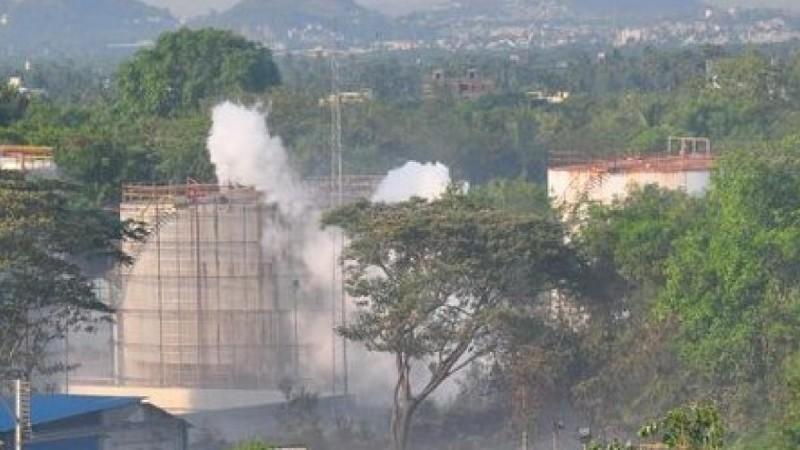The port of Visakhapatnam in Andhra Pradesh woke up to a gas leak tragedy on Thursday, May 7, that very much reminds the entire country of the 1984 Bhopal tragedy.
The poisonous gas was leaked at around 2:30 am on Thursday from a styrene plant owned by South Korean electronics giant LG, located at RRV Puram, about 15 km from the coastal city of Vizag.

According to the reports and viral footages, several people from the surrounding villages including RRV Puram, Venkatapuram, BC Colony, Padmapuram and Kamparapalem were seen falling unconscious on the roads due to the exposure to the poisonous gas.
In addition to this, over ten people died due to prolonged exposure to the gas.
What is Styrene?
According to the National Library of Medicine, styrene is a flammable liquid that is used to make polystyrene plastics, fiberglass, rubber, and latex.
Apart from these, styrene is also used in manufacturing insulation pipes, automobile parts, printing cartridges and copy machine toner, food containers, packaging, carpet backing, luggage, shoes, toys, floor waxes, and polishes. A widely used compound, therefore, styrene is well known for its high tendency to undergo polymerisation.
It occurs naturally in some fruits, vegetables, meats, nuts, and beverages, as well as in-vehicle exhaust, and cigarette smoke.
This chemical compound, also known as ethenylbenzene, vinylbenzene, and phenylethene has been identified as a neuro-toxin.
The colour-less and odour-less styrene gas, which is a by-product of the highly flammable raw material styrene, is poisonous in nature. Being gaseous, this poisonous compound can, therefore, spread wide quickly through the air.

According to the US-based Environment Protection Agency (EPA), styrene, which is also suspected of being a carcinogenic compound can affect the human bodies on short as well as long-term exposures.
While short-term exposure to the poisonous styrene gas can lead to respiratory troubles, eye irritation and gastrointestinal effects; the long-term exposure, on the other hand, can result in severe disorders in the central nervous system (CNS).
The symptoms shown by the CNS then include headache, fatigue, weakness, depression, hearing loss and many such other ailments that can gradually lead to one's death.
Situation in Visakhapatnam
The styrene gas leak in Vizag has resulted in over ten causalities, and many more including children are hospitalised under critical conditions.
The number of severe cases is high as the gas leak was reported in the wee hours of Thursday when most of the people were in their deep sleep and that no immediate measures were able to be taken by the people, police or authorities to curb the further spread of the colourless and odourless gas.

According to the officials, immediate announcements were done, although many had fallen unconscious by then. The police had to break in the doors to enter most of the houses to rescue the unconscious people.
The gas leak occurred in two 5,000 tonne tanks, which were left unattended since March 24, when the country went into a nationwide lockdown to contain the coronavirus. "This led to a polymer reaction, and the heat was produced inside the tanks, which caused leakage," a senior police official told the International Business Times, India.
Meanwhile, an official in LG Polymers spoke to the media, "We are investigating the incident. Right now there is no leak as it has been contained. We will observe the facility for another four hours and give an all clear after a thorough inspection.''

















